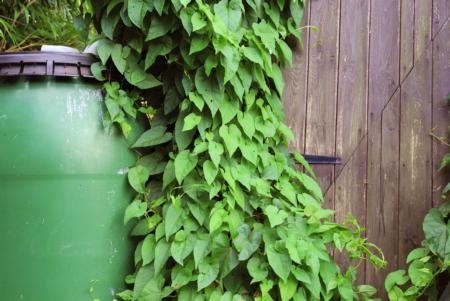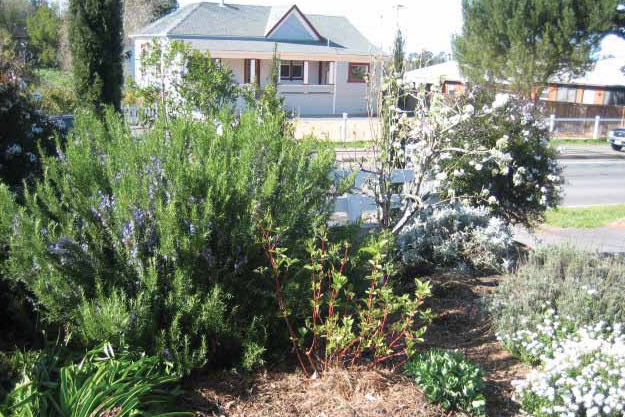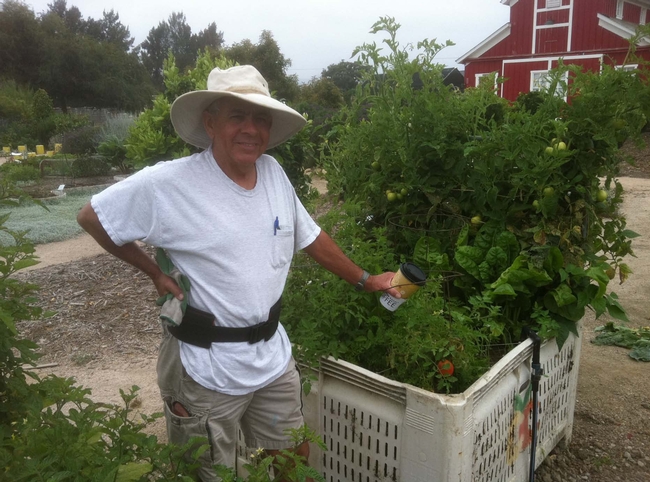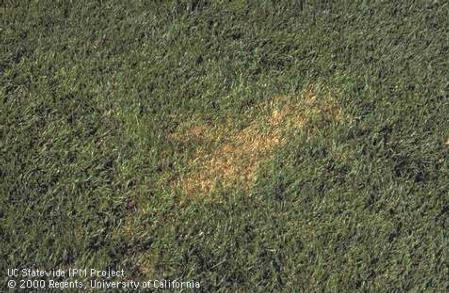- Author: Chris M. Webb
UC Farm Advisor Oleg Daugovish will hold an Irrigation field day Thursday, April 19 from 9:00 am to 11:15 am.
Scheduled topics include:
- Update on conditional waiver and requirements for irrigated lands in Ventura County
- Evaluation of three differing irrigation regimes in California strawberry
- Salts and soil analyses in strawberry beds under different irrigation regimes
- Soil test results interpretation and corrective management
- View experiment plots onsite
VCALIG educational credits have been requested from the Los Angeles Regional Water Quality Control Board.
There is no cost to attend. If you have questions, require translation into Spanish, or to register please contact Oleg Daugovish at 805.645.1454 or odaguovish@ucdavis.edu. More information can be found on the agenda.
In the event of rain, the meeting will be held at the UCCE Conference Room located at 669 County Square Drive in Ventura.

- Author: Chris M. Webb
Rain harvesting is becoming quite popular. Rain barrels are one way to harvest rain. These barrels allow residents to store water that would otherwise become urban runoff. This simple process can provide positive benefits to water quality improvement efforts.
The USDA has a practical and easy to follow publication on rain barrels.
This resource includes:
- Rain barrels help your garden – and local streams
- Selecting a rain barrel
- Equipment and installation tips
- Maintaining your barrel
- Links for further information
 Rain barrels can help water quality and conservation efforts.
Rain barrels can help water quality and conservation efforts.
- Author: Chris M. Webb
Water that drains out of our washing machines, bathtubs and showers is graywater. Graywater can be reused in the yard to water plants and trees. Although graywater use is common in some areas, recycling graywater is controversial in other areas.
As of August 2009 Laundry-to-Landscape systems can be installed in California without a permit. Learn more about these systems at the Casitas Municipal Water District’s free Gray Water Workshop this Saturday, January 28, 2012 from 9:00 am to noon. To register, RSVP to Ron Merckling by email (make link rmerckling@casitaswater.com), or by phone at 805-649-2251 ext 118.
See the Casistas Municipal Water District website for other programs and events.

- Author: Chris M. Webb
The 2011 UC Master Gardener Vegetable Demonstration Garden Project has recently finished. A group of certified Master Gardeners and trainees spent time each week from January 27 through December 15 learning vegetable gardening techniques through hands-on experience.
They documented their project so that they could impart lessons learned throughout the2011 project. This article is the fifth in a series to share this knowledge.
Irrigation:
Proper irrigation is vital to plant health. Drip irrigation has many benefits for plants, conserves water, and reduces weed growth. Drip irrigation systems, drip hoses or tape can be used.
- Water needs should be re-evaluated as the weather changes.
- Seedlings will die easily if they dry out.
- Install 10 psi pressure regulators on irrigation systems with flat drip tape. If a 25 psi pressure regulator is used inadvertently, it is likely that the tape will balloon up and pop during operation. 25 psi pressure regulators should be used on irrigation systems that have 3/4inch tubes and emitters.
- There are various types of pressure regulators. One type has a hole in the side and discharges a steady stream of water when the incoming pressure is high, which wastes a lot of water. Look for a pressure regulator that does not discharge water.
- When inserting .710 inch O.D. tubing (blue stripe) into a .700 inch O.D. fitting (black fitting), use soapy water to reduce the resistance. Hold the tubing with sandpaper to improve your grip.
- Avoid getting dirt in irrigation tubes and fittings, since it may clog the emitters. Flush the system to make sure that any debris is forced out the end of the tubing, before closing.
- When inserting irrigation tubing into tees and elbow fittings, be careful not to push the tubing in too far. Normally, there are no stops to prevent the tubing from going in too far. Tubing that is inserted too far can cause flow restrictions.
Questions on gardening? Please contact our Master Gardener helpline at 645-1455 or contact them by email at mgventura@ucdavis.edu.

- Author: Chris M. Webb
UC’s recently updated Lawn Diseases: Prevention and Management publication packs a lot of knowledge in an easy to digest compact format.
From the publication:
“Maintaining a healthy, vigorously growing lawn is the best way to prevent a severe disease outbreak in turfgrass. Each square foot of turf contains about 500 to 1,000 individual plants, each requiring optimum amounts of water and fertilizer, the right mowing regime, and an aerated, well-drained soil. If any of these factors are missing or in excess, the grass may become stressed and more susceptible to disease.”
The authors provide tables to help detect disease and irrigation requirements. Tips to avoid lawn disease from happening can be found throughout this free resource.




